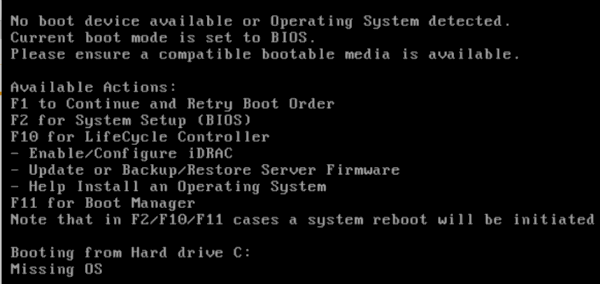



Sector size (logical/physical): 512 bytes / 4096 bytes All went well except Windows is not on the boot list in grub. I have Windows 10 and just installed RHEL 8 for dual-boot. where i can use only few commands.Ĭan any body please help me how do i make my Windows 10 64bit and RHEL 7.3 64 bit dual boot ? some how it detected the linux partitions i made entry but it was not booting to linux, always showing the GRUB> window. I tried EASYBCD tool so that i can make it dual boot. Then i recovered my MBR using the windows installation disc. I tried to check some internet tricks but i didnt know how to put them in /grub2/grub.cfg.

Now the installation done and able to boot with Linux but dual boot was not there. with Standard Partition & EXT4 file system. Step 2: I given 3GiB for Swap and rest given to "/". Step 1 : I made a 98 GiB space unallocated out of 500GiB Hard Drive for linux installation, then i insert the RHEL disc and started installation. As of now i have started learning RHEL 7 so tried to install Linux on the same laptop and thought I could make it dual boot.īut dont know where I made mistake please help me, I'm fine with that but I want WBL to show me all three systems.My query is, I have dell laptop with windows 10 installed. Note: GRUB2 correctly boots Ubuntu and Windows 10 but doesn't see Windows Server. Is there a better tool than EasyBCD, or - better still - does anyone know the BCDEDIT commands to create a third boot into Ubuntu 19.10 via /sdc (Disk 2)? This time I placed the GRUB2 bootloader also on /sdc (not on a partition of /sdc). I have repaired the S drive several times with the 3 bootrec commands! My Triple Boot only works directly in the BIOS (by selecting Boot Override usually). Obviously I don't want any changes on Windows Server 2012 R2, which I only use for testing and development. EasyBCD does not even ask first if it may touch the S: drive (Disk 3). It creates a NST folder on the S: drive and I think it also overwrites S:\windows\system32\winload.exe. My problem is that after installing Ubuntu 19.10 on another drive, EasyBCD starts to cause real problems creating triple boot. Resumeobject īootloader Path: \windows\system32\winload.exe Can someone explain why EasyBCD has a different Boot Device to the Windows Boot Manager device? My drives use MBR (not GPT).īCDedit shows this at the beginning: Windows Boot Manager


 0 kommentar(er)
0 kommentar(er)
